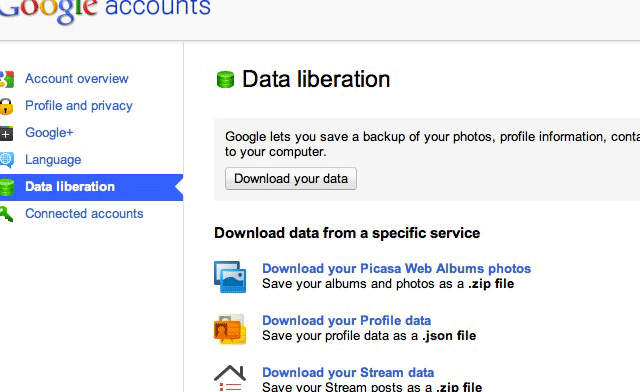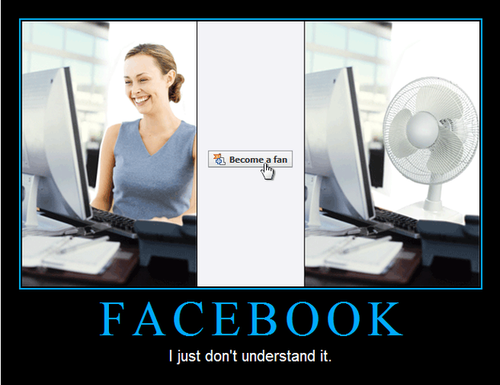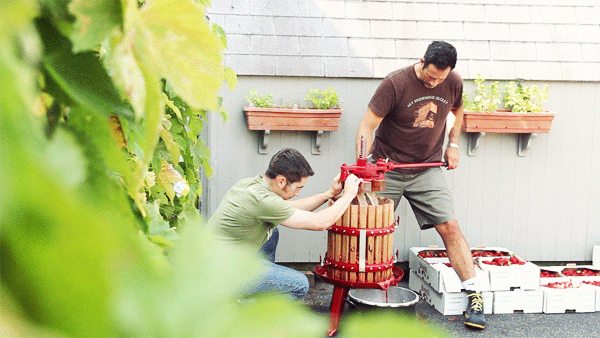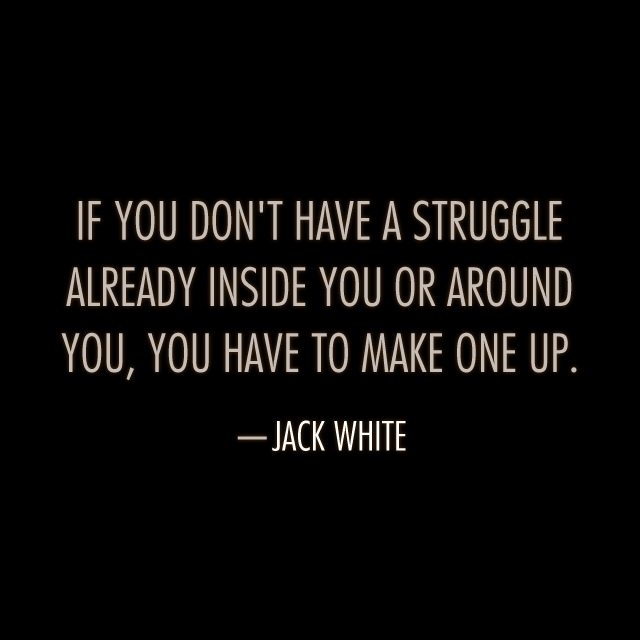Manage the temptation of publishing yourself.
I came across a refreshing talk to the students of Berklee College of Music by John Mayer. While I’m not a musician and not all of his advice is relevant to me, what he said was great and can be useful to people in other artistic endeavors.
We read a lot about the importance of developing your personal brand and taking advantage of online tools and platforms but Mayer thinks otherwise. At least for when you’re still honing your craft:
This time is a really important time for you guys because nobody knows who you are, and nobody should. This is not a time to promote yourself. It doesn’t matter. This is the time to get your stuff together. Promotion can be like that. You can have promotion in 30 seconds if your stuff is good. Good music is its own promotion.
and:
You got the distraction of being able to publish yourself immediately, and it is a distraction if you’re not done producing what the product is going to be that you’re going to someday use the promotion to sell…I had to go through the same thing I’m talking to you about – what you have to go through – which is to completely manage all the distraction. Manage the temptation of publishing yourself
.






